Have you ever wondered how those vibrant cichlids in your tank multiply?
Cichlids, known for their dazzling colors and interesting personalities, have unique breeding behaviors. This blog will guide you through everything you need to know about cichlid breeding behavior. We’ll explore the telltale signs that your cichlid is ready to spawn, how to create the perfect environment and temperature for cichlid breeding, and even what to do with the adorable fry after they hatch. Pack up and get ready to unlock the fascinating world of cichlid breeds.
Content Table
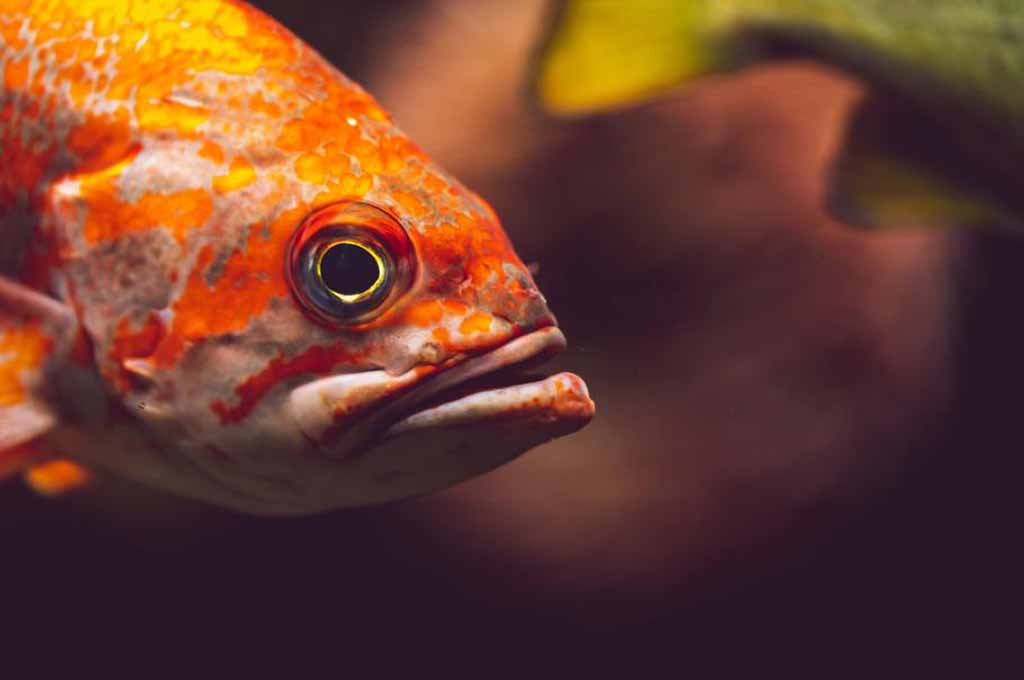
Cichlid breeds
How Do Cichlids Reproduce
Cichlids are usually very peculiar when it comes to the selection of their mates to produce the next generation. They are laying-type animals, but they can be divided into two main types in terms of their parenting behavior.
- Substrate Spawning
This is more common with South American cichlids as earlier mentioned when the fish is stressed or threatened. The male will scrape an area of smooth ground such as a rock or make a shallow depression in the substrate. The female deposits its eggs on the substrate and the male inseminates them. Then, both parents will aggressively defend the eggs until they hatch, and in some cases even after the fry is free swimming.
- Mouthbrooding
This is an interesting behavior that is most characteristic of African cichlids. Once she lays the eggs, which may be preceded by complex courtship displays, the female rolls the eggs in her mouth and broods on them. The male also engages in mouth brooding in some species. The fry will remain safely in the parent’s mouth until they are well-grown and can hatch and fend for themselves for a few days. The female might even take them back in her mouth for protection if danger comes.
Cichlid Breeding Behavior
Breeding, in particular, cichlid fish may turn into quite a spectacle! Here’s a complete insight into what you might see when a cichlid is getting ready to breed:
- Before Spawning
The Male Gets Active: Though, the male will sire more often, get even more aggressive and obtain the most vivid coloration. He might dig a hole in the substrate (substrate spawners) or clear a smooth surface for the eggs.
Courtship Displays: Look for the flapping of the fins, wild shaking, and even the independent’s wiggling, what is popularly known as “the dance” to the female fish.
- Spawning
Circling and Spawning: It is usually common to see the male and female circle each other. As the female lays eggs, she will pick them up in her mouth which is common among mouthbrooders.
The Egg Spot Trick (Mouthbrooders): Male may have fake “egg spots” on the anal fin. He can shiver these to mislead the female to engage her mouth into taking them, this will give him a chance to sire the actual eggs.
- After Spawning
Parental Care: The eggs or fry may be guarded by the female – or, in some species, both parents.
- In the substrate spawning, both parents may attend to the eggs on the prepared substrate.
- Mouthbrooding occurs when the female takes the eggs in her mouth and holds them there until they hatch and develop for some time.
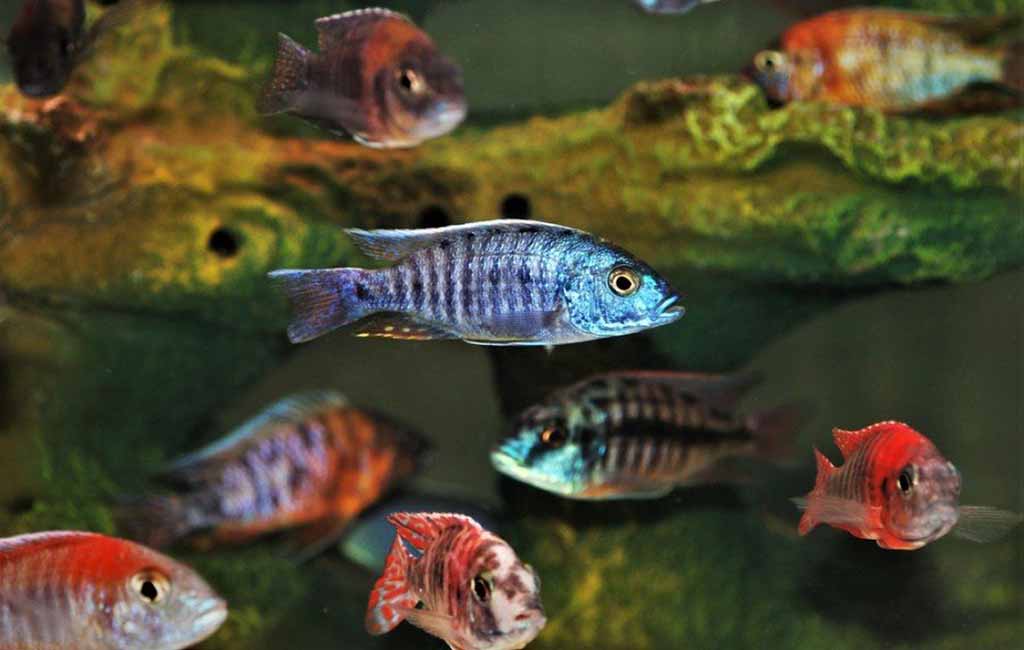
Cichlid breeding behavior
How to Get Cichlids to Breed
Breeding cichlids can be a rewarding experience, but it requires specific knowledge and tank setup. Here’s a breakdown of the essentials:
Optimal Tank Environment
- Tank Size: Get a tank big enough to accommodate the adult cichlids and any possible fry. These general guidelines call for a minimum depth of 4 feet (1. 3 meters) across species.
- Water Chemistry: Find out some of the aspects of the water quality that are worth observing when it comes to cichlid species. In particular, it is recommended to use water that is neither very soft nor very hard with a pH that is neither acidic nor strongly alkaline. Water temperature should also be kept as stable as possible within the range suitable for the species.
- Substrate: Substrate type can vary according to the breeding technique that is to be used.
- Substrate spawners: If it is possible to provide the male with access to the external territory, use fine sand or gravel to let him dig pits.
- Mouthbrooders: It can accommodate sand, gravel, or bare-bottom tanks.
- Hiding Places: Make sure there are enough places to hide, such as in caves, rocks, and flower pots, among others. It is essential for the couple breeding, and even more so for frying in a tank with other fish.
- Breeding Substrate (Optional): In general, substrate spawners can benefit from the placement of flat rocks or terracotta pots to use as spawning grounds.
Encouraging Breeding Behavior
- Water Changes: Water should be changed routinely, that is, from 25% to 50% in a week to simulate the rainy season to incite breeding.
- High-Quality Diet: There is a need to ensure the couple maintains a healthy diet with foods that are rich in protein, which will enable the production of healthy eggs and sperm. Frozen or live food such as brine shrimp or bloodworms might be most effective at stimulating the fish.
- Stable Tank Mates: When breeding in a community tank, it is advisable to transfer aggressive tank mates which may be a threat to the breeding pair or eat the fry.
- Breeding Pair Selection: Cichlids must be consistently paired, so make sure you take time to note when they are pairing. If there is no natural pair to be made, then you should try to set one or two groups of young cichlids and let them select pairs on their own. However, this often results in aggression.
Additional Tips
- Conditioning: It is necessary to move the breeding pair to a well-conditioned tank for a few weeks before cichlid breeds. This makes them able to concentrate on laying eggs as well as decreases their rivalry in terms of feeding habits and area.
- Temperature Fluctuations: Some species get stimulated to breed as soon as a change in the temperature, plus/minus 1-2 °C. More information regarding the ideal temperatures for adjusting to should be sought under the specific type of cichlid species in captivity.
- Filtration: Ensure adequate water flow for aeration while maintaining a good standard of the water filtration system.
Remember: Breeding can be stressful for cichlids. Monitor them closely and be prepared to remove the fry to a separate tank if necessary.
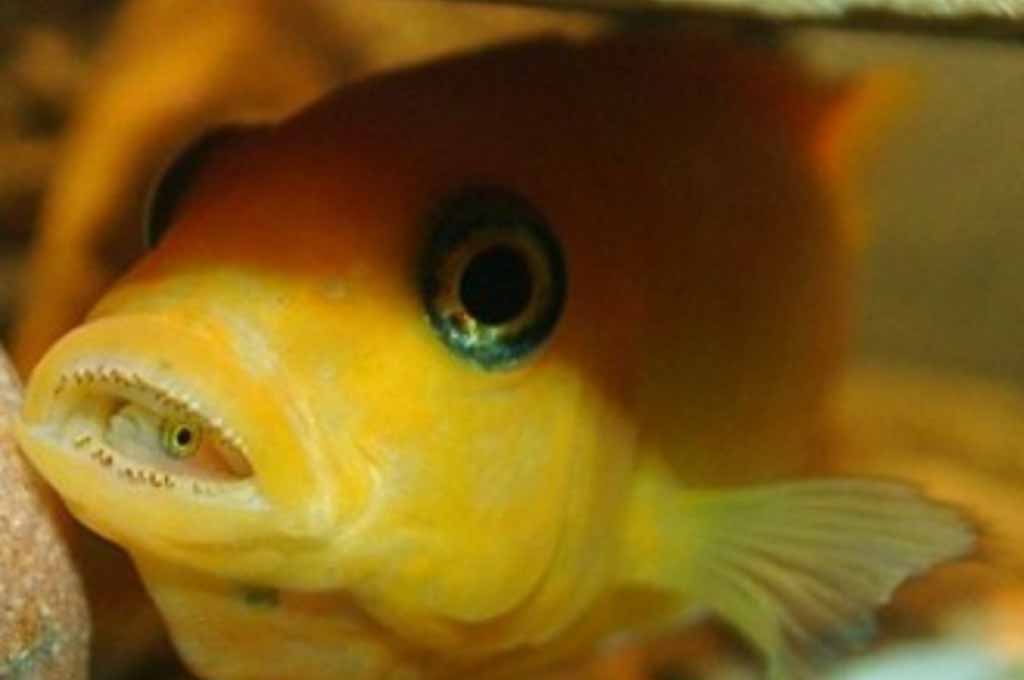
Temperature for cichlid breeding
Breed Cichlids in an Aquarium
In most cases, cichlid fry needs to be bred and fed separately, which may take a lot of attention and care on the part of the aquarists. Here’s what to do after your cichlids have bred:
Removing the Fry (Recommended)
Mouthbrooders: For the mouth-brooding cichlids, you can leave the fish alone until the female releases the fry over the substrate naturally. Still, if one wants to enhance the chances of survival of the Cichlid fry, it is advised to transfer them to another tank after three days. To transfer the fry, gently capture the female in a breeder box, and then using a fish net or a feeder kit, remove the fry from her mouth.
Substrate Spawners: Because parents may eat their fry, the fry should be moved away to a rearing tank immediately after hatching (or even the eggs).
Setting Up the Fry Tank
- Tank Size: Choose a smaller tank (10–20 gallons) to care for your new pet easily.
- Water Quality: However, small water changes (10-25%) should be done more frequently to avoid the buildup of ammonia in the aquarium.
- Filtration: One of the most important recommendations that could be given is that one should use a gentle sponge internal filter to aerate without damaging the fry.
- Lighting: It is recommended to keep the fry in low light conditions for the first few days, as the stress of being moved can weaken them.
Feeding the Fry
- Initial Feeding: In the first few days, stock infusoria or commercial fry foods that are well suited to cichlid fry.
- Feeding Schedule: In this case, feed the fry with several small feeds within the day because the fry has a small stomach.
- Brine Shrimp: When the fry is somewhat bigger, newly hatched brine shrimps can be used in addition to the above ingredients.
Growing Out the Fry
- Maintain Cleanliness: Regular water changes should be practiced to reduce the incidences of disease contractors.
- Tank Mates: Do not put other fish into this fry tank since they are likely to fight the fry for food and even eat them.
- Grading: That can lead to size variations, as the fry grows bigger. When the fries are growing big, it is best to sort them to avoid the bigger ones eating the smaller fries.
Reintroduction to the Main Tank
- Monitor Growth: When the fry grows big enough and the inhabitants of the main tank are not aggressive, you can transfer the fry to the main tank in gradual steps.
- Acclimation: During the whole process of re-introduction, it is necessary to set the right water parameters to reduce stress as much as possible.
- Monitor Closely: Monitor the reintroduced fry closely, especially when they are harassed or bullied by the adult fish.
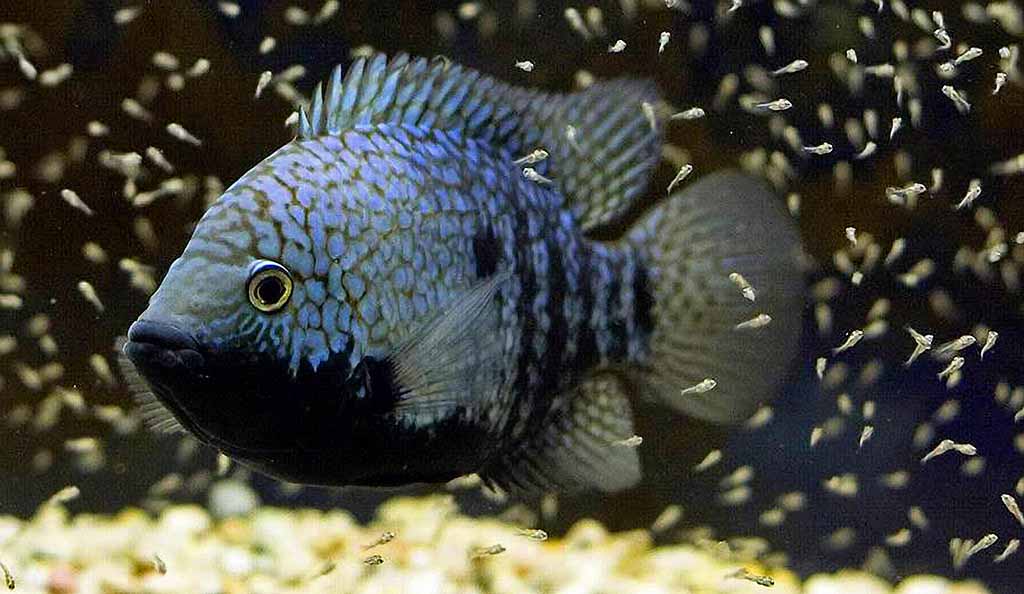
Cichlid breeds
Key Takeaways
According to the different species of cichlid fish, the recommended breeding temperature is different. Some possible combinations could relate to the choice of a water medium, the kind of soil, shelters, and companions at a tank. Rainy season water changes can be imitated by breeders to help with breeding and, feeding the right diet as well as separating the breeding pair.

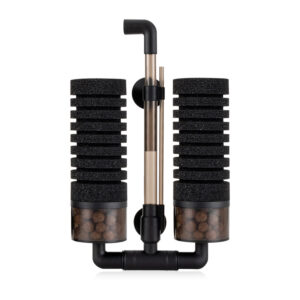
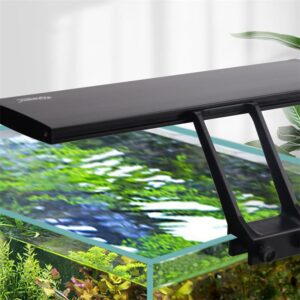
Leave a comment